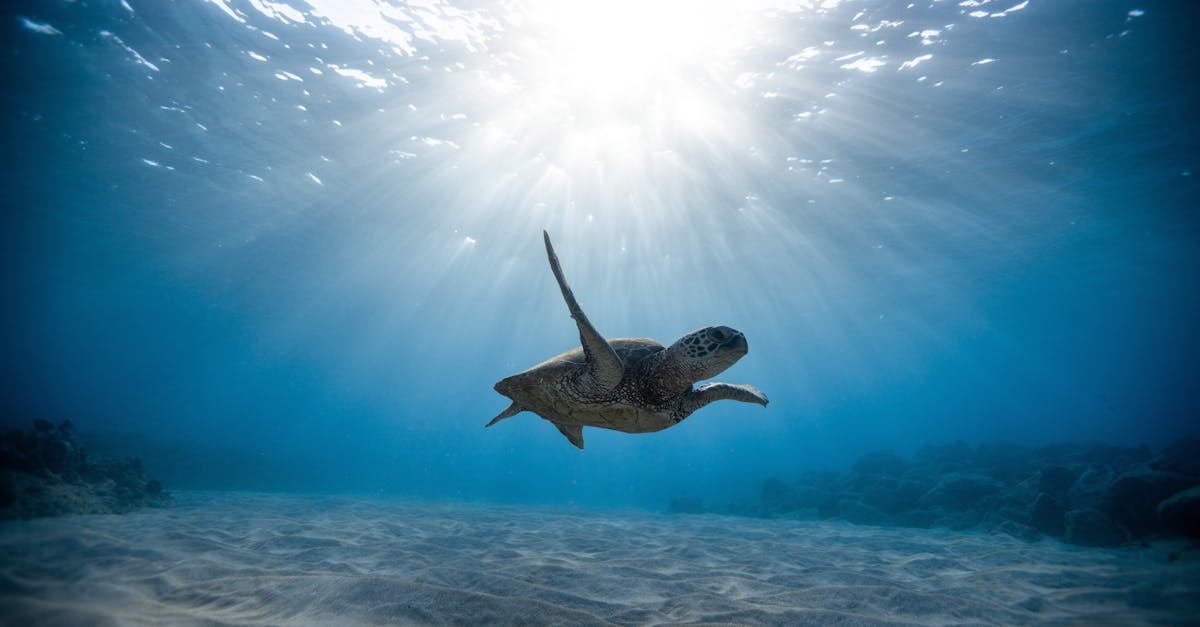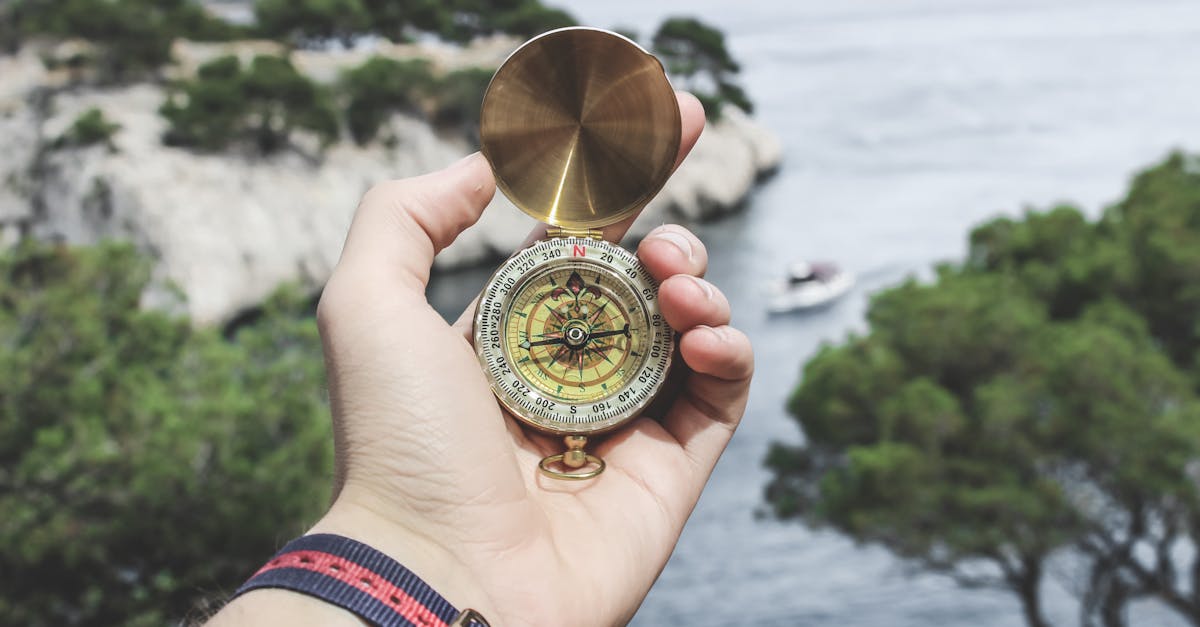Nestled along Florida’s picturesque coastlines are marine conservation areas that serve as vital sanctuaries for our ocean’s diverse ecosystems.
These protected marine havens not only safeguard the rich biodiversity of our waters but also offer a glimpse into the beauty and importance of preserving our marine environments.
In our post, we’ll investigate into the significance of these conservation areas, exploring their role in protecting endangered species, promoting sustainable fishing practices, and ensuring the long-term health of Florida’s marine habitats.
Join us as we uncover the wonders of these marine conservation areas and the crucial work being done to preserve our oceans for future generations.
Key Takeaways
- Marine conservation areas in Florida protect diverse ecosystems, including coral reefs, seagrass beds, and various marine species like manatees and sea turtles.
- These conservation sites host over 500 fish species, contributing to biodiversity and offering a unique underwater experience worth preserving.
- Endangered species such as manatees and sea turtles benefit from these protected zones, ensuring their survival through the maintenance of healthy habitats.
- Promoting sustainable fishing practices within marine conservation areas is essential for protecting marine species and maintaining biodiversity.
- Marine conservation areas contribute to the long-term health of marine habitats by establishing protected zones and engaging with local communities for awareness and stewardship.
- For further information on marine conservation efforts in Florida, resources from organizations like the National Oceanic and Atmospheric Administration and World Wildlife Fund are valuable sources.

Exploring Marine Conservation Areas in Florida
When touring marine conservation areas in Florida, we witness a vibrant underwater world bursting with life. These sanctuaries protect coral reefs, seagrass beds, and marine life such as manatees and sea turtles.
At these conservation sites, diversity thrives. With over 500 fish species, including the iconic angelfish and parrotfish, these waters offer a spectacle like no other. Exploring these areas is not just an adventure; it’s a journey through a diverse and delicate ecosystem, worth preserving for generations to come.
Importance of Marine Conservation Areas
When we consider marine conservation areas, we recognize their vital role in protecting our underwater ecosystems. These sanctuaries serve as safe havens for a multitude of marine species, including vulnerable ones like manatees and sea turtles. By safeguarding habitats such as coral reefs and seagrass beds, we help maintain biodiversity and preserve natural beauty.
Engaging with these environments offers us a chance to witness over 500 fish species, from vibrant angelfish to mesmerizing parrotfish. Understanding the importance of these areas goes beyond our enjoyment; it lays the foundation for future generations to appreciate and benefit from these rich ecosystems. For more information on marine conservation and its impact, visit National Oceanic and Atmospheric Administration and World Wildlife Fund.

Protecting Endangered Species
When it comes to marine conservation areas along Florida’s coast, safeguarding endangered species is a top priority. These protected zones serve as vital havens for delicate creatures like manatees and sea turtles. By maintaining healthy habitats such as coral reefs and seagrass beds, we ensure the survival of these at-risk species for generations to come.
The presence of these conservation areas plays a crucial role in preserving the biodiversity of our oceans. Encountering these magnificent marine animals reinforces the significance of our efforts. To learn more about marine conservation and the impact it has on endangered species, we recommend exploring resources from the National Oceanic and Atmospheric Administration and World Wildlife Fund.
Promoting Sustainable Fishing Practices
As part of conserving marine ecosystems, we emphasize the importance of promoting sustainable fishing practices. By adopting environmentally friendly fishing methods, we can help protect marine species and their habitats. Encouraging practices like proper gear disposal and regulating fishing quotas can ensure a healthy balance in the ocean’s biodiversity.
Engaging with local fishing communities is crucial in implementing sustainable strategies. By educating them on the significance of responsible fishing, we can work together to safeguard our marine environments for future generations.
Visit the National Oceanic and Atmospheric Administration and World Wildlife Fund for more information on sustainable fishing practices.

Ensuring the Long-term Health of Marine Habitats
Here along Florida’s coast, marine conservation areas play a vital role in preserving the health of our precious marine habitats. By establishing protected zones, we can safeguard marine life and ecosystems for future generations.
These areas help to maintain a balance in biodiversity by providing a safe space for marine species to thrive and reproduce. Through strategic management and monitoring, we can ensure the long-term sustainability of these habitats.
Engaging with local communities to raise awareness about the significance of marine conservation areas is crucial. By promoting responsible stewardship of these habitats, we can contribute to their preservation.
For more information on marine conservation efforts in Florida, visit the Florida Fish and Wildlife Conservation Commission and the NOAA Marine Protected Areas websites.